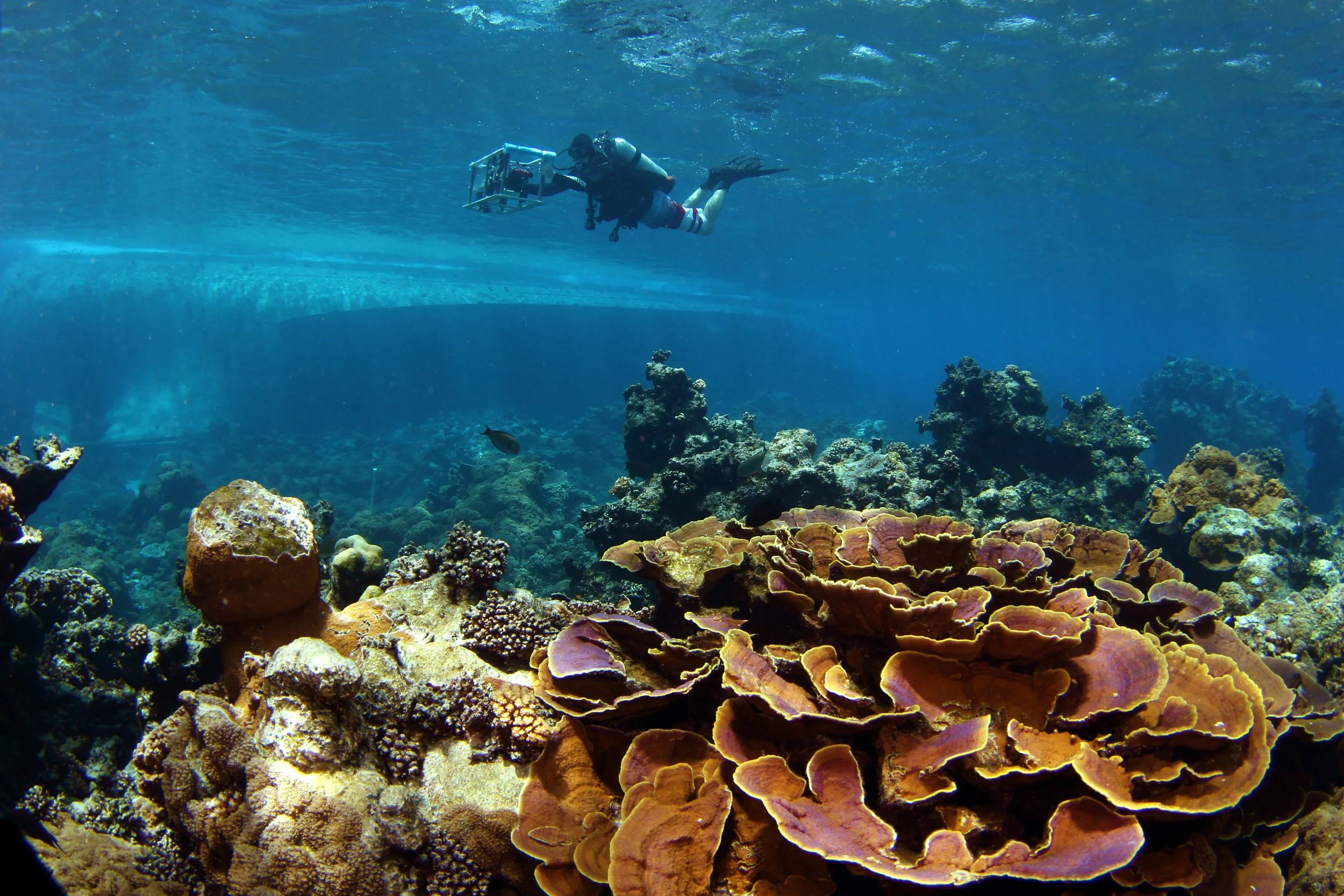This chapter introduces key techniques for capturing quality images and creating 3D models in Agisoft Metashape. Led by Nathanial Holloway, Jonathan Charendoff, and Nicole Pedersen, it covers basic principles of image collection for underwater applications, introduces the Metashape interface, and demonstrates model processing. You will learn how to capture high-quality, overlapping images and navigate Metashape tools to build accurate models.
As you learn to capture images and create 3D models in this training, remember that this technology is continually evolving. The software and tools we use today may look different in the future, but our goal is to provide you with foundational skills and knowledge to adapt as advancements occur. For this course, we’ll focus on Agisoft Metashape to guide you through the process
Interested in an in-depth, technical explanation of what photogrammetry is? Watch this video by Dr. Arthur Gleason!
How did we get here?
Dr. Arthur Gleason, Research Associate Professor at the University of Miami
In this video, Dr. Gleason explores the foundational concepts of photogrammetry, tracing its origins back to the earliest days of photography and unpacking the mathematics that make it possible. This introduction provides essential background on why data is collected in specific ways for underwater large-area imaging and why scale and alignment are critical to achieving meaningful results. To conclude this lesson, Dr. Gleason explains why it took so long for photogrammetry to become widely available, highlighting key advancements in software, cameras, and computing power.
Learning Objectives:
Why do we acquire data the way we do for underwater large-area imaging?
Why is this technology available now?
